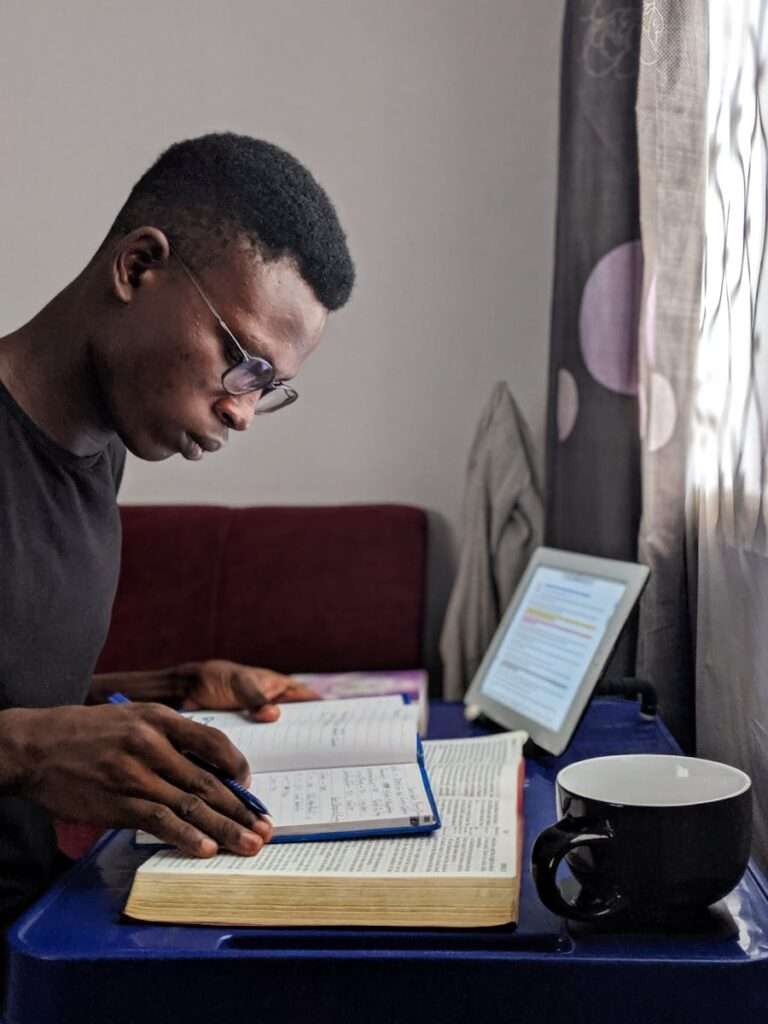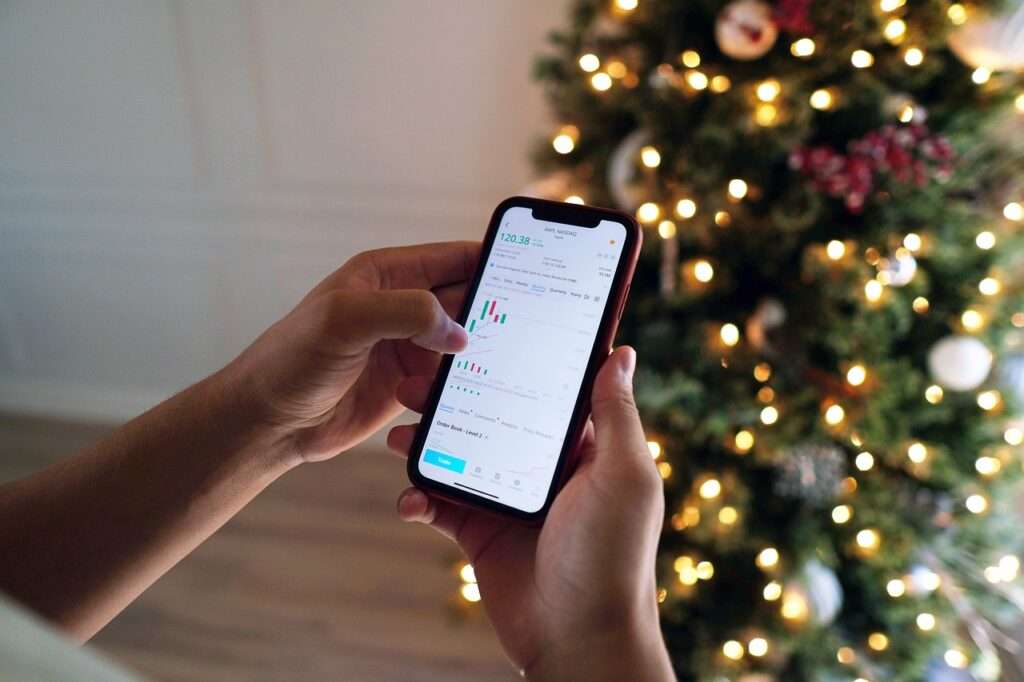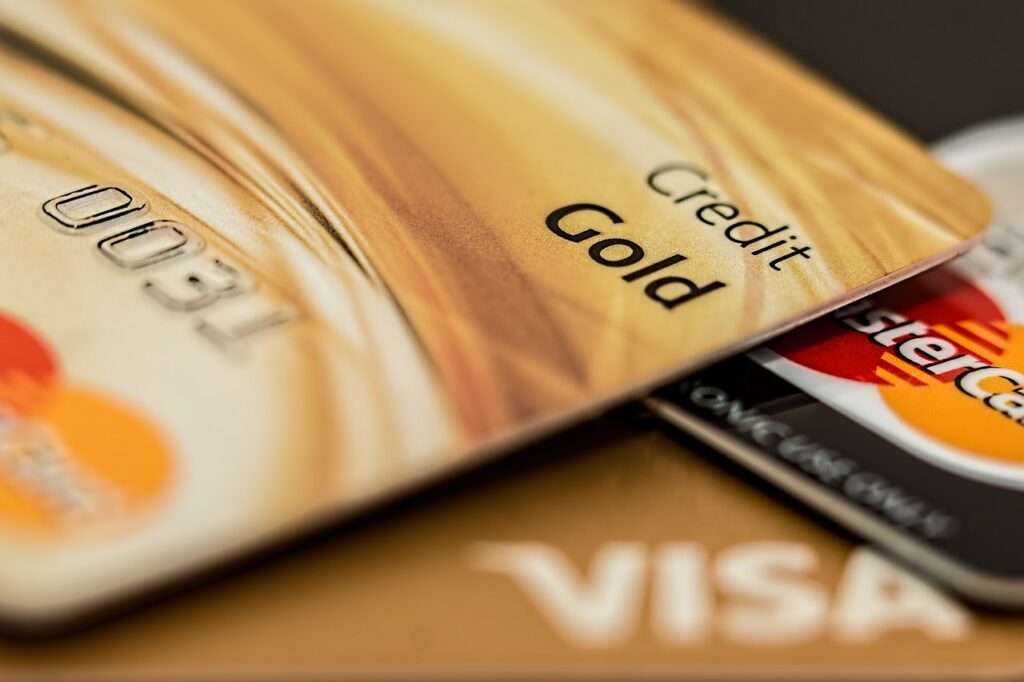You nailed the job interview (or at least managed not to spill coffee on yourself). Now what? The wait can feel agonizing, but following up effectively can keep you top of mind with the hiring manager and showcase your professionalism. However, there’s a fine line between showing interest and coming across as overly persistent (think friendly puppy, not clingy ex).
Here’s your step-by-step guide on how to follow up after an interview without making things awkward.

Step 1: Send a Thank-You Email
The thank-you email is a non-negotiable. It’s polite, shows gratitude, and reminds the interviewer why you’re perfect for the job.
When to Send It: Within 24 hours of the interview. The conversation is still fresh, and it shows you’re proactive.
What to Include:
- Express Gratitude: Thank the interviewer for their time.
- Mention Something Specific: Reference a part of the conversation that stood out to you.
- Reiterate Your Interest: Reaffirm your enthusiasm for the role.
- Sign Off Gracefully: End with a professional closing.
Example:
Subject: Thank You for the Opportunity
Dear [Interviewer’s Name],
Thank you for taking the time to meet with me yesterday to discuss the [Job Title] position. I truly enjoyed learning about [specific aspect of the company or role] and appreciated the insights you shared about [specific topic discussed].
Our conversation reaffirmed my excitement about the opportunity to contribute to [company name] with my skills in [relevant skill/experience]. Please don’t hesitate to reach out if you need any additional information.
Thank you again for your time and consideration. I look forward to the possibility of joining your team.
Best regards,
[Your Name]
Step 2: Wait Patiently (But Not Forever)
After sending your thank-you email, the waiting game begins. Most hiring managers will let you know their timeline during the interview. If they said they’d make a decision in a week, give them at least that long.
Pro Tip: If they didn’t specify a timeline, a general rule of thumb is to wait 7–10 business days before following up.
Step 3: Follow Up Professionally
If you haven’t heard back after the expected timeline, it’s time for a polite follow-up.
How to Do It:
- Be polite and concise.
- Express your continued interest.
- Avoid coming across as impatient or demanding.
Example Email:
Subject: Following Up on [Job Title] Interview
Dear [Interviewer’s Name],
I hope this email finds you well. I wanted to follow up on the [Job Title] position we discussed on [date of the interview]. I’m very excited about the opportunity to contribute to [company name] and wanted to check in on the status of the hiring process.
Please let me know if there’s any additional information I can provide to assist in your decision-making. Thank you again for your time and consideration.
Best regards,
[Your Name]

Step 4: Connect on LinkedIn (Optional)
If you feel it’s appropriate and the interviewer seemed open to it, consider sending them a connection request on LinkedIn.
What to Include in Your Note:
- Remind them of who you are (in case they’re juggling multiple candidates).
- Keep it professional and brief.
Example:
Hi [Interviewer’s Name],
It was a pleasure speaking with you about the [Job Title] position at [Company Name]. I’d love to stay connected and continue following the exciting work your team is doing.
Best regards,
[Your Name]
Step 5: Accept the Outcome Gracefully
If you get the job – congrats! Celebrate responsibly (or irresponsibly, we won’t judge).
If you don’t get the job, don’t despair. Send a gracious thank-you email, and ask for feedback if appropriate.
Example:
Subject: Thank You for the Opportunity
Dear [Interviewer’s Name],
Thank you for letting me know about your decision regarding the [Job Title] position. While I’m disappointed, I truly appreciate the opportunity to interview with [Company Name].
If possible, I’d be grateful for any feedback you could share about my interview or qualifications. This would help me as I continue my job search.
Thank you again, and I wish you and your team all the best.
Best regards,
[Your Name]

The Don’ts of Following Up
To keep things professional, avoid these common pitfalls:
- Don’t Overdo It: Limit follow-ups to one thank-you email and one status inquiry.
- Don’t Stalk: Avoid excessive LinkedIn views, phone calls, or showing up uninvited.
- Don’t Be Pushy: Respect the company’s timeline. They have processes, too.
- Don’t Be Too Casual: Even if the interview felt informal, maintain professionalism.
Why Following Up Matters
A thoughtful follow-up can make a big difference:
- Keeps You Top of Mind: Shows the hiring manager that you’re serious about the role.
- Demonstrates Professionalism: Highlights your communication skills and attention to detail.
- Builds Relationships: Even if you don’t get this job, a good impression could lead to future opportunities.
Final Thoughts
Following up after an interview isn’t just about chasing answers – it’s about leaving a lasting, positive impression. By being polite, timely, and professional, you show that you’re not only interested in the job but also a candidate who respects the process.
Now, take a deep breath, craft that perfect email, and let the universe (and your stellar interview performance) do the rest. Good luck – you’ve got this!



